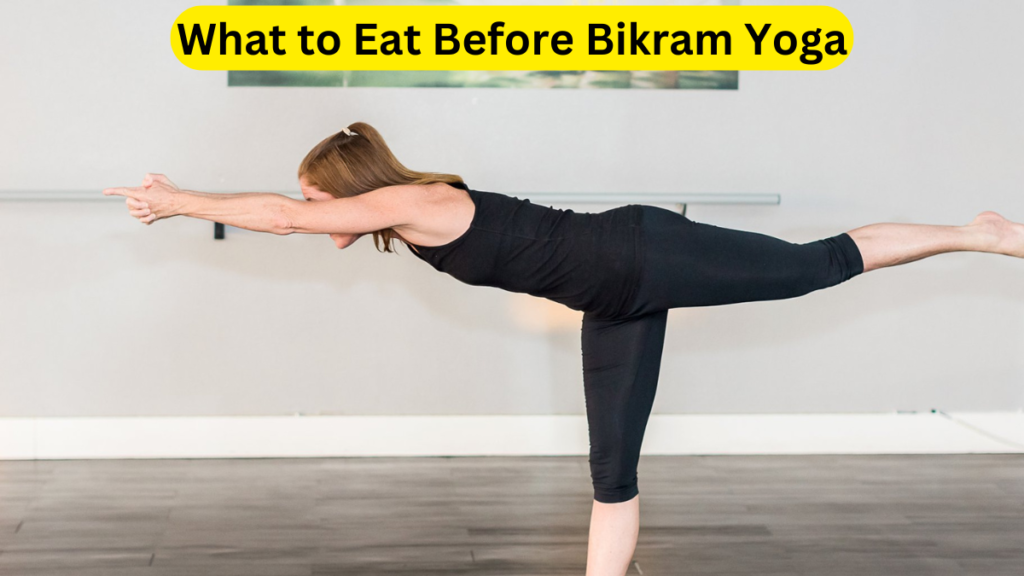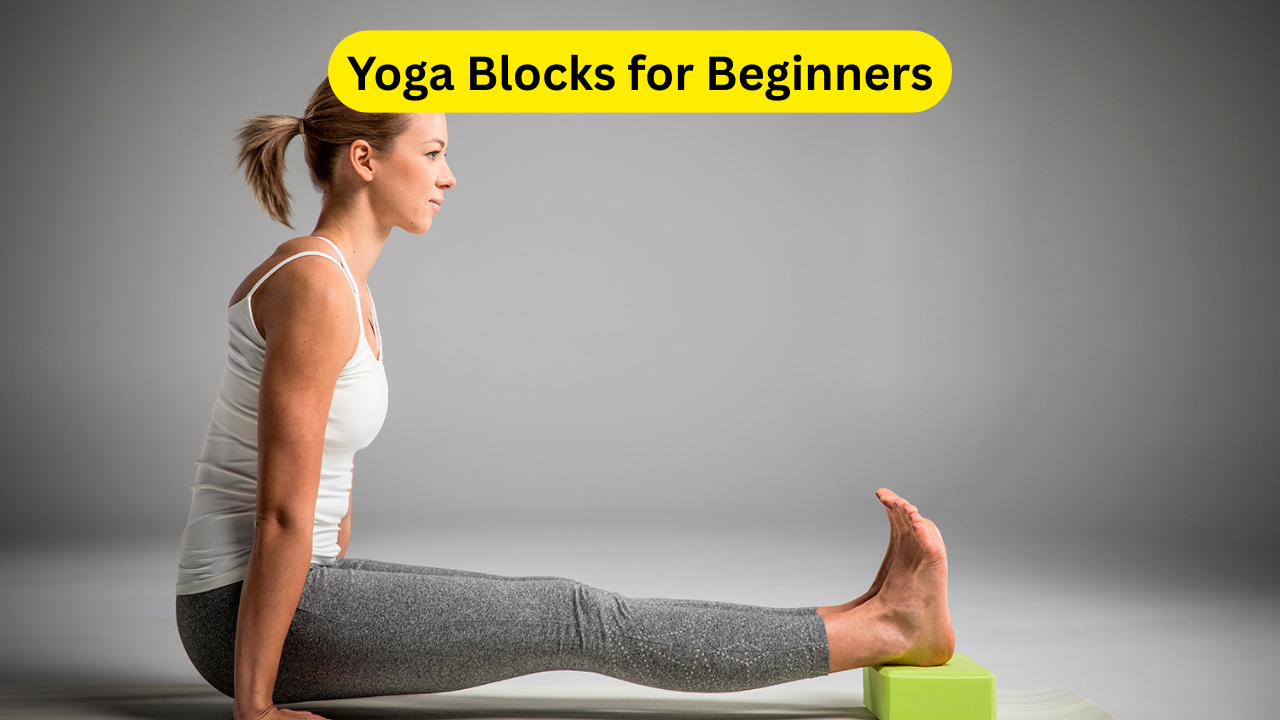Bikram Yoga: Bikram yoga is a type of hot yoga practiced in a heated room, and it’s known for being hotter than your typical yoga class. With its growing popularity among fitness enthusiasts, this unique style of yoga has become a favorite for many. But before you jump into your first class, it’s important to understand what Bikram yoga is all about, its potential benefits, risks, and tips for beginners. Here’s everything you need to know about this high-intensity workout.
Bikram yoga is a form of Hatha yoga created by Bikram Choudhury in the 1970s. It consists of a series of 26 postures and two breathing exercises, all performed in a room heated to 105°F (40.5°C) with 40% humidity. The idea is to increase flexibility, strength, and detoxification through sweating, which is believed to help cleanse the body. Each class lasts 90 minutes, and the poses remain the same in every class worldwide.
Bikram Yoga Health Benefits
Practicing Bikram yoga can help you with various health and fitness goals. The heat increases blood flow and flexibility, making it easier to stretch deeper into postures and improve your overall fitness. The specific benefits of Bikram yoga include:
- Improved Flexibility: The heat helps relax muscles, making it easier to achieve deeper stretches.
- Stress Relief: The practice encourages focus and mindfulness, which can reduce stress and anxiety.
- Pain Relief: Many practitioners experience relief from chronic pain conditions like arthritis, back pain, and joint aches.
- Better Heart Health: Bikram yoga can help improve cardiovascular health by promoting circulation.
- Improved Balance and Posture: The practice enhances muscle tone, balance, and posture over time.
How Hot Are Bikram Yoga Classes?
Expect intense heat in a Bikram yoga class. The room is typically set to 105°F (40.5°C), with 40% humidity. The heat is designed to increase blood flow and facilitate deeper stretches, but it can also make the class more challenging, especially for beginners.
It’s important to stay mindful of your body during class. If you feel dizzy or uncomfortable, don’t hesitate to sit down and focus on your breathing. Pushing yourself too hard in the heat can lead to dehydration or heat exhaustion, so listen to your body and take breaks as needed.
Click Here: 9 Proven Ways to Improve Your Balance: for Stability and Longevity
Tips for Bikram Yoga Beginners
If you’re new to Bikram yoga, here are some essential tips to help you get started:
1. Arrive Early
Arrive at least 30 minutes before the class to familiarize yourself with the studio, adjust to the heat, and get settled on your mat.
2. Wear Appropriate Clothing
Light, breathable clothing is essential. Avoid cotton as it absorbs sweat and can become uncomfortable. Many practitioners wear sports bras, shorts, or swimsuits to stay cool and comfortable.
3. Stay Hydrated
Drink plenty of water throughout the day, but avoid drinking too much during class. If you feel dehydrated during the session, sip water slowly to avoid an upset stomach.
4. Don’t Overexert Yourself
Bikram yoga can be intense, especially for beginners. Focus on your breath and listen to your body. If a posture feels too challenging, don’t push yourself to perform it perfectly.
5. Be Prepared to Sweat
Sweating is inevitable in Bikram yoga, so embrace it! Bring a yoga towel to place on your mat to prevent your sweat from dripping onto it. It’s part of the process, helping regulate your body’s temperature.
What to Eat Before Bikram Yoga

Avoid eating a large meal at least two hours before class. A light snack, such as half a banana or a cup of applesauce, can give you a small energy boost before class. After class, replenish your electrolytes with coconut water or a sports drink.
Risks of Bikram Yoga
While Bikram yoga offers several health benefits, practicing in a heated environment also carries certain risks. Overheating and dehydration are common concerns. It’s crucial not to push your body beyond its limits in extreme heat. If you feel dizzy or lightheaded, take a break and breathe deeply to recover.
Also Read: Unique Modified Mini Pickup with Ford V-8 Engine Heads to Auction
Bikram Yoga Conclusion
Bikram yoga is an intense yet rewarding workout that combines strength, flexibility, and mental focus. It’s an excellent choice for those looking to challenge themselves physically and mentally. While the heat may seem overwhelming at first, with proper preparation, hydration, and mindfulness, you can safely enjoy all the benefits it has to offer.
Whether you’re looking to build muscle, detoxify, or improve your overall health, Bikram yoga can be a transformative practice. However, like any form of exercise, it’s important to listen to your body and progress at your own pace. If you’re new to hot yoga, start slow and gradually build your stamina in the heat.
Bikram Yoga FAQs
1. What should I wear to Bikram yoga?
It’s best to wear light, breathable clothing, such as a sports bra and shorts, to keep you cool in the heat. Avoid cotton, as it absorbs sweat and can become uncomfortable. Many people even wear swimsuits in Bikram yoga classes due to the intense heat.
2. How much water should I drink before and during Bikram yoga?
Aim to drink around 8-9 cups (2 liters) of water throughout the day to stay hydrated. Avoid drinking too much water right before or during class to prevent nausea. Sip water throughout the class if needed, but be mindful not to overdo it.
3. Can I lose weight with Bikram yoga?
Yes, Bikram yoga can help with weight loss. The combination of intense heat, sweating, and muscle engagement can help burn calories and promote fat loss. However, consistent practice along with a healthy diet will yield the best results.
4. Is Bikram yoga safe for beginners?
Yes, Bikram yoga is safe for beginners as long as you take it easy and listen to your body. Start slow, focus on your breathing, and take breaks when needed. If you’re new to hot yoga, it’s advisable to try a shorter class and gradually work your way up.
5. What are the potential risks of Bikram yoga?
The main risks of Bikram yoga are dehydration and overheating. Since the class is held in a hot room, it’s crucial to stay hydrated, avoid overexertion, and know the signs of heat exhaustion, such as dizziness or nausea. If you feel unwell during the class, take a break and focus on your breathing







